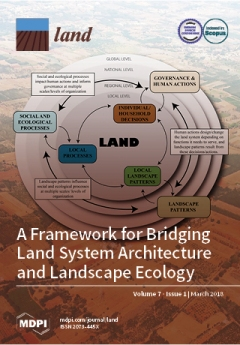Assessing Climate Smart Agriculture and Its Determinants of Practice in Ghana: A Case of the Cocoa Production System
Agriculture in Africa is not only exposed to climate change impacts but is also a source of greenhouse gases (GHGs). While GHG emissions in Africa are relatively minimal in global dimensions, agriculture in the continent constitutes a major source of GHG emissions. In Ghana, agricultural emissions are accelerating, mainly due to ensuing deforestation of which smallholder cocoa farming is largely associated. The sector is also bedevilled by soil degradation, pests, diseases and poor yields coupled with poor agronomic practices.


